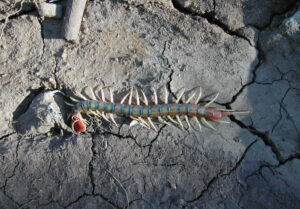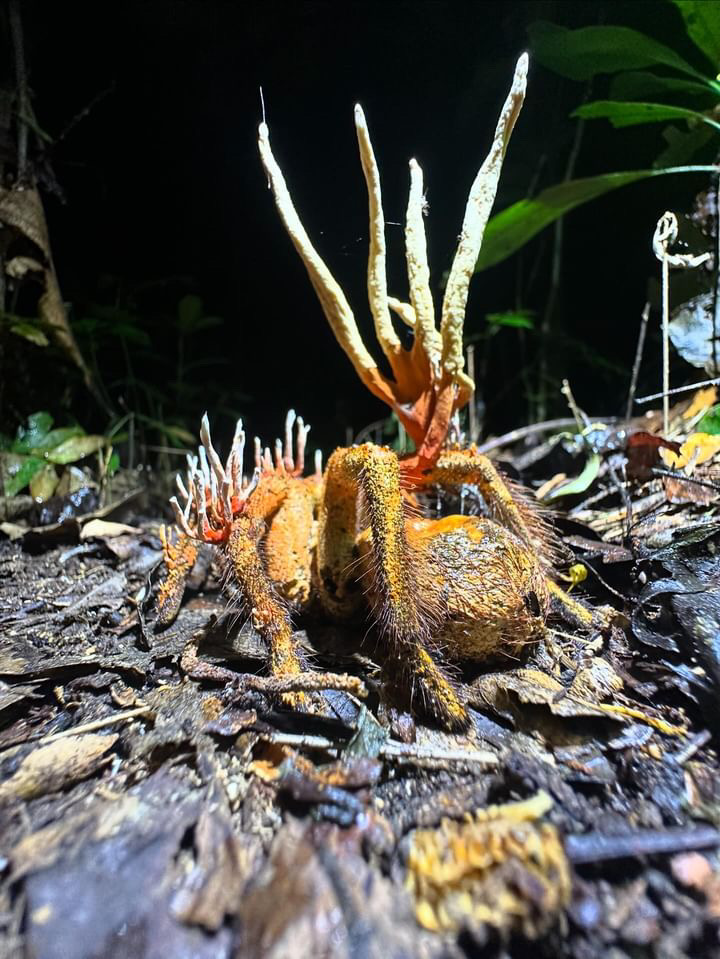Smaller animals like insects, frogs and mice might consider the spider as their enemy no 1 – but do the spiders have enemies of their own? Yes, smaller predators that are searching the ground for food such as the coati will gladly dine on a tarantula.

The most notorious of the spider antagonists are probably the tarantula hawk, a large wasp. They capture the spider by injecting them with a paralyzing venom and the wasp drags it down to its burrow where a egg is layed on the spiders body. After the larvae emerge it begins to eat on the spider and eat its way inside the spider while the spider is still alive.

Another animal that eat tarantulas are centipedes. The largest species, Scolopendra gigantea, grows up to 30 cm and could easily capture a tarantula but most centipedes are not that large but they are ferocious hunters and a threat to many spiders including tarantulas.
Of course the biggest threat to spiders are most likely mankind. Deforestation are one reason several species of animals face a possible extinction. Collecting tarantulas for the pet market could have a serious effects on local populations but there are little research done as far as I know. At the moment following species and genera of theraphosids are placed on the CITES list:
Brachypelma ssp.
Tliltocatl ssp.
Poecilotheria ssp.
Aphonopelma pallidum
Sericopelma angustum, Sericopelma embrithes
A different kind of enemy is a parasitic fungi in the family Cordycipitaceae and the best known is the genus Cordyceps – known from the game and tv-series The Last of Us. There are several genus and species which targets arthropods. The perhaps most famous are the species that target ants where the the host animal force to climb up a tree (to release the fungi spors). The unlucky tarantula on these photos were found in Peru and probably are a Pamphobeteus sp.
The species that target especially tarantulas – atleast in South America – is Ophiocordyceps caloceroides.


